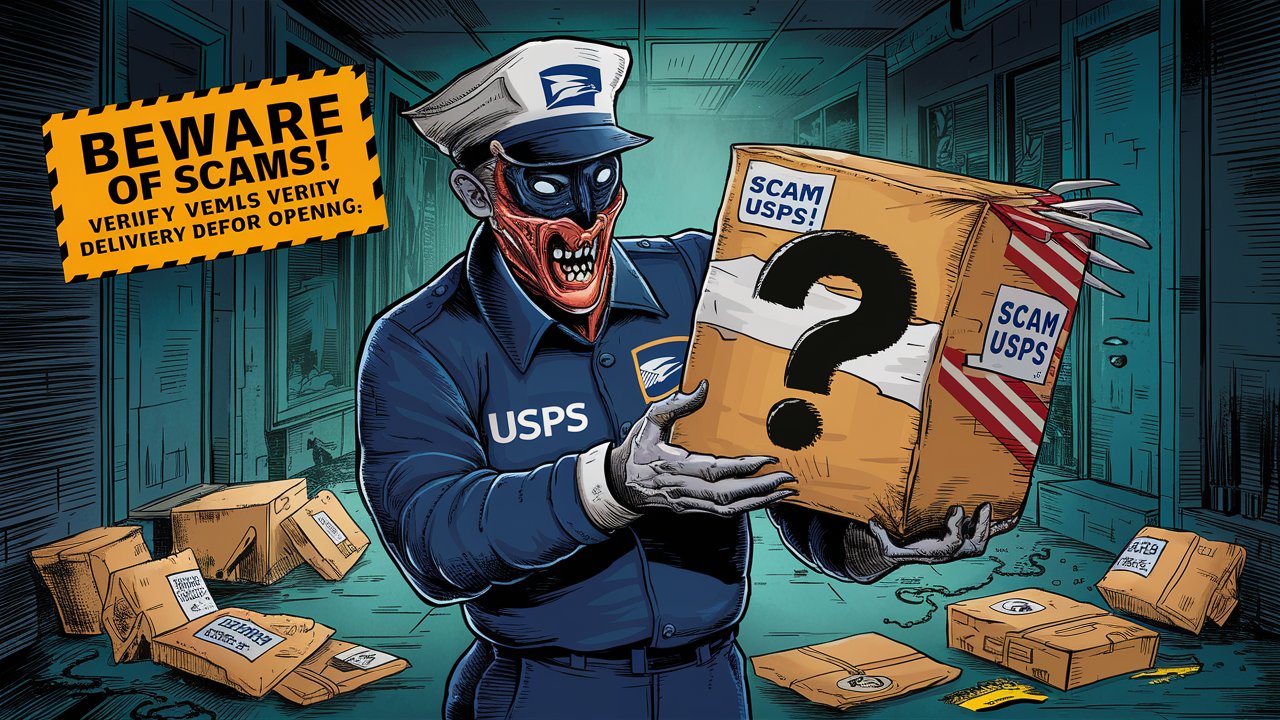In today’s digital world, tracking numbers have become crucial in online shopping, providing transparency and assurance that your package is on its way. However, not all tracking numbers are what they seem. The number 9300120111410471677883 is an example that has raised red flags in online scams. This article delves into why this tracking number is likely a scam, how to recognize such fraudulent activities, and the best practices for protecting yourself from these scams.
The Nature of Tracking Number 9300120111410471677883
9300120111410471677883 stands out as a suspicious tracking number for several reasons. One of the primary indicators of its illegitimacy is that it does not conform to the standard formats used by major shipping carriers. Legitimate tracking numbers from well-known companies like USPS, UPS, FedEx, or DHL follow specific formats designed to facilitate easy tracking and verification.
Lack of Standard Tracking Format
A key sign that 9300120111410471677883 is a fake tracking number is its deviation from accepted formats. Major shipping companies use a variety of alphanumeric sequences for tracking, each specifically structured to align with their internal systems. When a tracking number does not adhere to these established formats, it raises immediate concerns about its authenticity.

Common Scam Tactics
Scammers frequently employ fake tracking numbers as part of their schemes. The tactic is simple: they generate a number that appears legitimate but is designed to deceive. Here’s how it typically unfolds:
- Suspicious Communications: You might receive an email or text message claiming that you have a pending package or a delivery issue. The message will include the fake tracking number 9300120111410471677883, urging you to click a link or provide personal details to resolve the issue.
- Phishing Attempts: These communications often aim to harvest your personal information. They might ask you to update your address or payment information, or they could direct you to a fake website designed to look like a legitimate shipping carrier’s site.
Recognizing and Handling Scams
Understanding how to handle potential scams can save you from becoming a victim. Here’s what you should do if you encounter a suspicious tracking number like 9300120111410471677883:
- Ignore the Number: If you receive a message containing this or any similar tracking number, it’s best to ignore it. Do not click on any links or provide any personal information. Delete the message and move on.
- Be Wary of Unexpected Messages: Exercise caution if a tracking number or delivery notice appears out of the blue, mainly if you haven’t ordered anything recently. Scammers often target individuals with unsolicited messages to trick them into divulging personal details.
- Verify the Sender: Always check the sender’s information carefully. Look for signs of fraudulent activity, such as typos, grammatical errors, or email addresses that don’t match the official domain of known shipping companies. Legitimate messages from established carriers will be free of such errors.
- Avoid Clicking on Links: Do not click on any links contained in suspicious messages. Scammers use these links to direct you to fraudulent websites where your data can be compromised.
- Protect Your Personal Information: Never share sensitive personal information like your Social Security number, credit card details, or online banking information in response to unsolicited requests. Legitimate companies will only ask for such details through secure channels.

Best Practices for Online Safety
To further safeguard yourself against scams involving fake tracking numbers and other fraudulent activities, consider the following practices:
- Use Reliable Security Software: Protect your computer and mobile devices with up-to-date antivirus and anti-malware software. This can help detect and block malicious links and websites.
- Enable Two-Factor Authentication: Use two-factor authentication for your online accounts wherever possible. This adds an extra layer of security, making it harder for scammers to gain unauthorized access.
- Regularly Monitor Financial Statements: Monitor your bank and credit card statements for unusual transactions. Early detection of fraudulent activity can help mitigate potential damage.
- Educate Yourself About Common Scams: Stay informed about the latest scams and fraud tactics. Understanding how these schemes work can help you recognize and avoid them more effectively.
Conclusion
The tracking number 9300120111410471677883 is a prime example of how scammers exploit seemingly harmless elements to deceive individuals. By recognizing the characteristics of fake tracking numbers and adhering to best practices for online safety, you can better protect yourself from falling victim to such scams. Remember always to verify the authenticity of any tracking information you receive and handle unsolicited communications cautiously. Your vigilance is a crucial defence against the ever-evolving tactics of online scammers.

